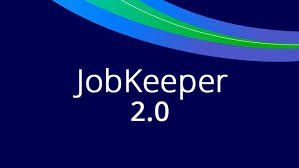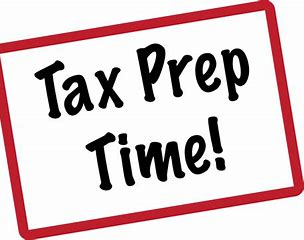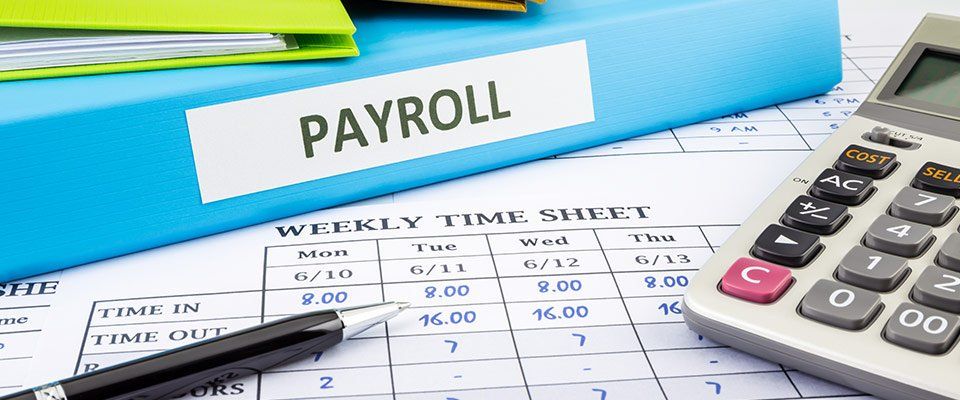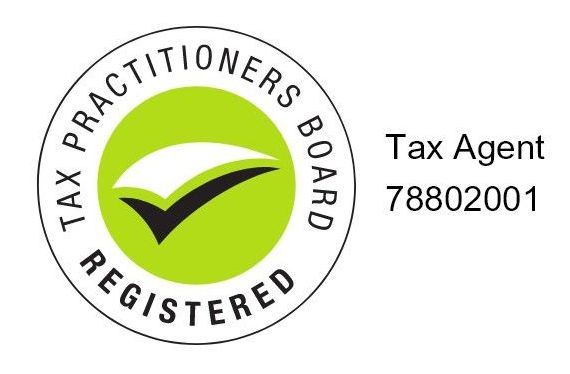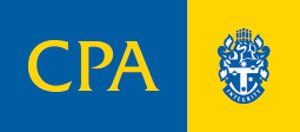O'Donoghue King is a CPA Practice
Single Touch Payroll
Is your business ready?
Single Touch Payroll is a reporting change that will be introduced from 1 July, 2018. It means that employers will be required to report payments, such as salaries and wages, pay as you go (PAYG) withholding and super information, directly to the ATO at the same time that they pay their employees.
For employers with 20 or more employees, Single Touch Payroll reporting starts from 1 July 2018. If you have 20 or more employees on the 1st of April, 2018, then you will be considered a ‘substantial employer’ and you will need to report through Single Touch Payroll as of 1 July, 2018. This is now law. If you have 19 or less employees, Single Touch Payroll reporting will be optional until 1 July, 2019. It will be mandatory from that date, subject to legislation being passed in parliament.
Businesses that do not implement this new legislative requirement have been warned that they will incur penalties for non-compliance. The first 12 months after 1 July, 2018 will be considered a transition period and businesses will be exempt from an administrative penalty for failing to report on time, unless the ATO have already issued your business with a written notice advising that a failure to report on time in the future may attract a penalty.
If a business meets certain criteria, they may be able to obtain an exemption from Single Touch Payroll reporting or be able to defer the required start date of Single Touch Payroll reporting.
What do you need to do now?
For now, just be aware that this change is coming. More information
about the requirements of Single Touch Payroll will be made available from the
ATO as we get closer to July 2018.
Employers may need to update their software to enable them to report through Single Touch Payroll. It is important you are aware of what your payroll software or service providers are doing to make this transition smooth for your business. If you do not currently have a payroll software solution, please contact our office to discuss your options.
Employers who are unsure of how many people they have that are considered employees should contact us for information on how to do a headcount of employees you have on payroll as of April 1, 2018.
How your reporting will change?
Your payroll software will need to be updated for Single Touch
Payroll reporting. When you pay your employees through your Single Touch
Payroll-enabled software, you will be reporting payments such as their salaries
and wages, allowances, deductions (for example, workplace giving) and other
payments, pay as you go (PAYG) withholding and super information to the ATO at
the same time as making payments to your employees.
Your payroll cycle does not need to change. You can continue to pay your employees weekly, fortnightly or monthly. You may have different pay cycles for different employees.
If you report your employee’s wage, tax and super information to the ATO using Single Touch Payroll, you will no longer have to provide your employees with payment summary. This information will be available through their myGov account. If you do not report employee’s wage and super information through Single Touch Payroll, you will still be required to provide them with a payment summary.
If you have any questions about the above, please do not hesitate to contact our office on (02) 43250314 or email Ari King at: ari@odonoghueking.com.au
